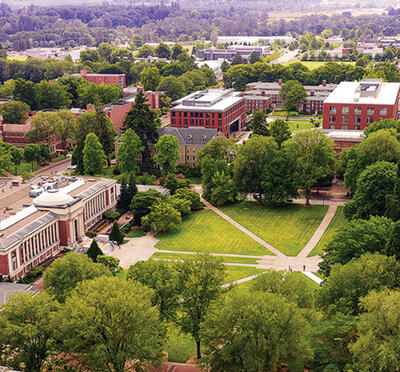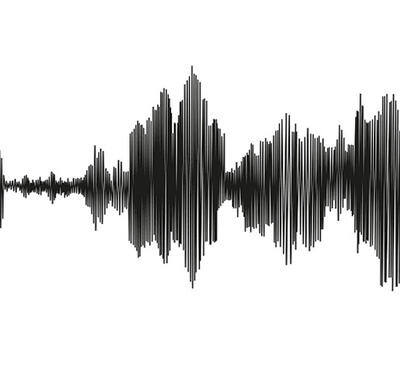Geoff Hollinger envisions a future where autonomous robotic systems navigate any environment, no matter how dynamic or unpredictable, with limited help from humans, gathering and sharing real-time information for the benefit of scientists, first responders, and the general public.
Hollinger, an assistant professor of mechanical engineering at Oregon State University, recently won a prestigious National Science Foundation CAREER Award for his proposal titled “Topological Planning in Information Space for Intelligent Robotic Systems,” which will help take his research closer to that goal.
More and more, marine and aerial drones are being used for applications such as environmental monitoring, search and rescue, surveillance, and scientific exploration. However, in most cases, a human is required either to remotely operate the vehicles or to specify waypoint locations in a fixed plan for the vehicle to follow.
“These approaches lead to severely limited performance by restricting the capabilities of vehicles,” Hollinger said. “They can’t adapt to changing conditions, incorporate high-level goals given by human operators, or perform introspection as their environment, mission, and teammates change. This project seeks to bridge the gap between current systems that naively follow waypoints and intelligent systems capable of adapting to mission and environmental changes.”
Hollinger proposes enabling teams of autonomous vehicles to make decisions on their own regarding information collection, cost minimization, and how best to achieve their goals.
Toward that end, Hollinger will develop new planning techniques based on various methods for computing the topological features of a space (i.e., things that remain constant in a changing environment), which will allow robots to determine how to react and adapt based on their mission.
“Instead of thinking about topology in the obstacle space, we want to think about topology in what's called the information space,” said Hollinger. “The information space represents concepts like informative regions, regions that have features that are interesting to scientists.”
The algorithms Hollinger and his team develop will be made publicly available through open source distribution and used in ongoing collaborations with the Hatfield Marine Science Center, the National Northwest Marine Renewable Energy Center, the ASSURE FAA Center of Excellence for Unmanned Systems, and the OSU College of Earth, Ocean, and Atmospheric Sciences.
In addition to research, this project also has a number of educational aspects such as integration with a planned, interdisciplinary Marine Robotics certificate program here at Oregon State, which will be open to students both in and out of the robotics program, and a course module for Oregon high school students to learn about programming underwater robots.



